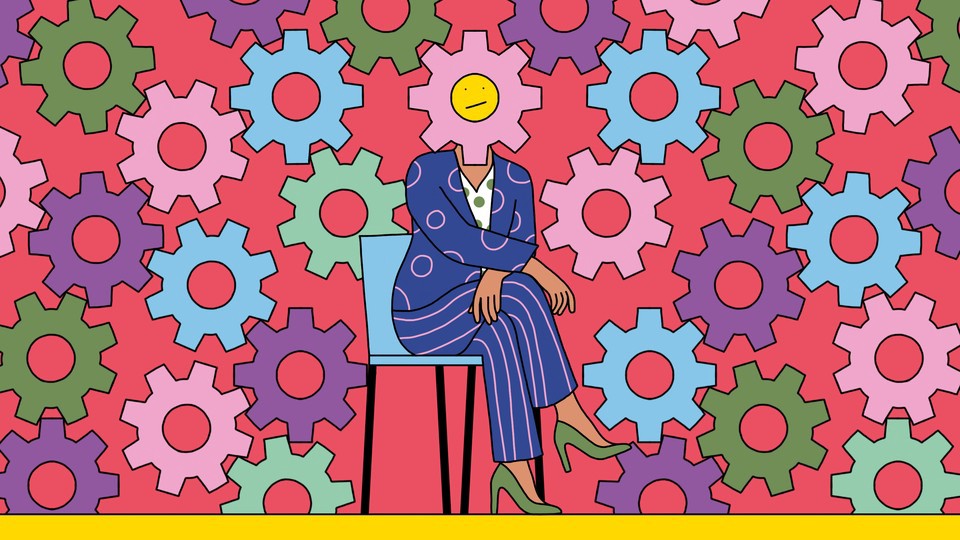
Summary: The pandemic showed us where weak spots cause extreme stress and burnout. Here is what to do to recharge your batteries and have less stress.
You and I know everyone has a rough day or two or three.
That’s when you tell yourself it’s time to take a break, eat a favorite food, and have a good night’s sleep.
Yet, what happens when that sense of tiredness and deflation doesn’t go away?
Is that when you say, “Help, I’m overwhelmed, depressed, and more significant than that, basically burned out.”
Or do you shake your head, sigh, and keep doing what you always do? Mostly, what you do then is “suffer in silence.”
Careful, that is when you end up with unmanaged stress and lessened professional fulfillment.
Lawyers need stress management programs for leaders in this challenging time.
You have earned the right to complain if you are a lawyer or work in a law firm. After all, you are in the second-highest spot on the stress leader board.
The legal profession is at the top of the extreme stress chart for many reasons.
A recent US News and World Report survey from March 2022 stated that the top professions for extreme stress are #1 financial managers, #2 lawyers, and #3 physicians.
Remember that as a lawyer, it is imperative to keep an even temper. Too often, you deal with angry clients who think it is acceptable to take their frustrations out on you. After all, you get paid handsomely for your efforts to protect them (or so they think).
Did you ever wonder if being a sports lawyer or one for Hollywood celebrities would be more fun?
That sounds primarily glamorous and not stressful.
Not so!
While the type of law you practice is part of the issue, it also depends on your personality.
Becoming self-aware is vital for success at work.
For example, you might take some residual stress home by helping anxiety-riddled hotheads through stressful situations such as bankruptcy, divorce, or a DUI.
What happens is this. You get caught up with the tensions of your clients. Then your son or daughter makes a demand on you; it becomes the tipping point of what you can handle.
Thus, they become the target of frustration that may belong to your client.
In psychology, this response is called transference.
This is not a strange occurrence. It is part of being human. It would be best if you learned to be careful in connecting with each individual.
I promise it will backfire when you transfer upset and project it onto innocent people.
In addition, work hours are also long, and the complexities of the law –constantly changing – can be brutal to keep up with. You’re going to have a lot on your plate.
Unmanaged stress can cause innocent people to be hurt.
For example, do you work in a setting that increases demands on your time and decreases your ability to create healthy boundaries?
If so, you can confront physical ills such as headaches and stomach pain, weight gain, and insomnia.
Also, consider the emotional side, including depression, panic attacks, substance abuse, and family conflicts.
Think about this as a downward spiral, simply another form of a virus. It’s an emotional contagion that can travel from one individual to another. This behavior develops fast and is destructive.
Here is what you can do to “practice safe stress.”
Cultivate a work environment based on cooperation and empathy.
Take deep breaths. That is always the first step in stress reduction.
STOP: I mean, stop. Take some deep, deep breaths. Keep this up for a few minutes. Why? Then you pump more oxygen to your brain and hopefully think more clearly.
Next, learn about your specific patterns to tackle stress.
Firstly, are you more prone to shout out your upset or stuff it down?
Most lawyers I have asked agree that they learned to be cautious and “play a good game of poker” by only discussing facts and ignoring emotions.
This method will only work short term while the impact of creating a long-term debilitating condition builds internally.
Learning about Invisible Stress is core to an effective stress mastery program.
Here is the basic formula, it is the way OUT of extreme stress. Let me explain.
For example, you learned the basics of handling stress as a child.
That’s right. You all learned by watching your parents and caretakers when they were upset. You were incredibly observant when someone was mad at you.
Did you get a whack on the side of your head? Was a parent pointing to send you to your room for a time-out? Did anyone explain why they were angry with you? Who had a conversation with you to discuss options and alternatives to what caused the upset?
Once you recognize the roots of your dis-stress, you can transform it into a positive outcome.
There are two levels to consider. One is how your organization can address the factors of workload, accountability, work-home balance, and collaboration after conflict resolution.
The next level is the personal one. That has to do with recognizing the symptoms of how you respond to those you work with and serve.
Once you learn to pinpoint how you respond to different individuals, you can retrain your brain to stop, take a breath and find a more effective way to communicate.
I want to leave you with one word: ADAPT.
You can learn about the patterns you bring to your present work organization that developed in your primary organization, your family.
The book, “Invisible Stress (it’s NOT What YOU Think!),” gives tips and tools to help you practice safe stress and no longer fear burnout.
In this ever-changing world, the more self-aware you are, the better you perform at home, work, and everywhere.
Here’s to your success,
Sylvia Lafair, Ph.D.


